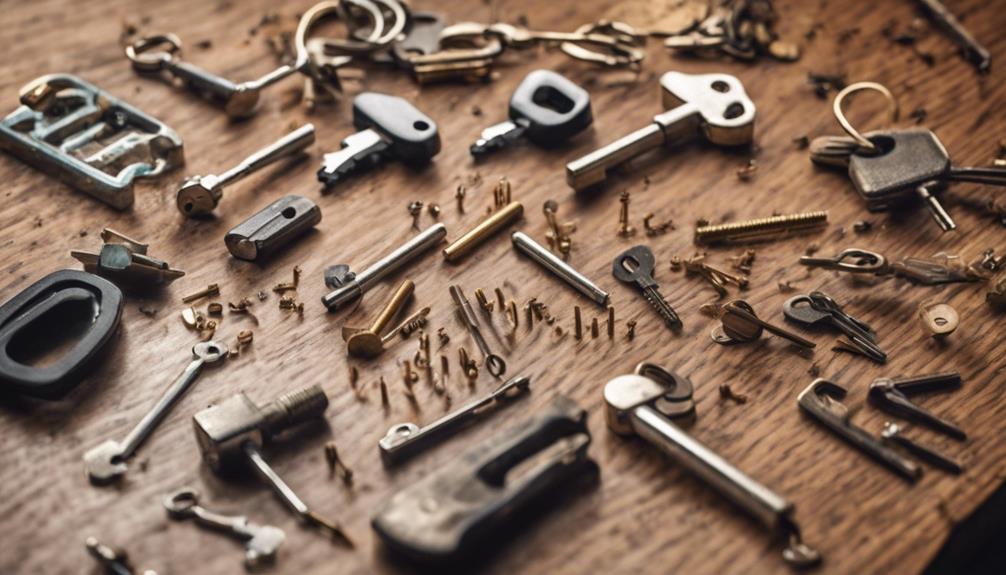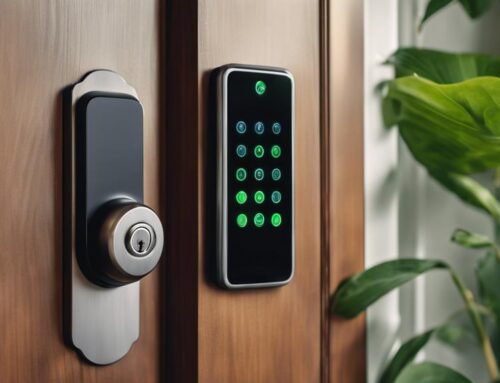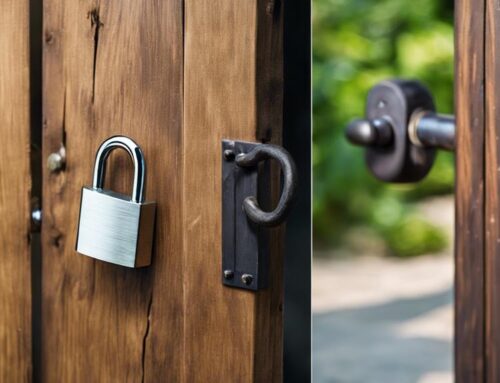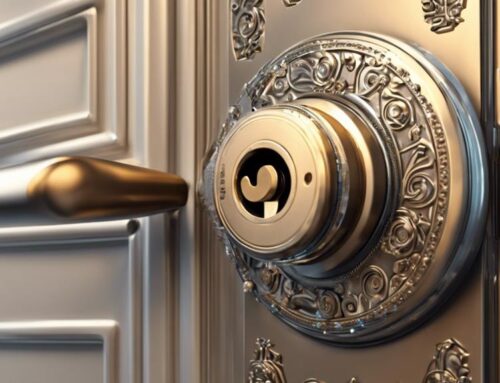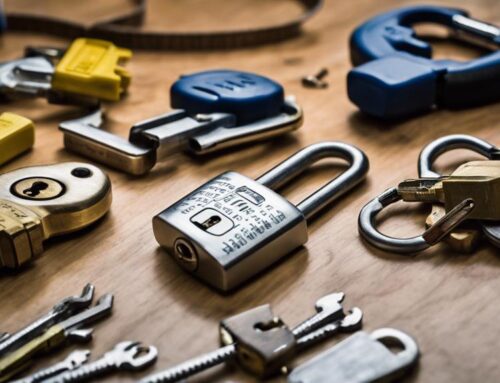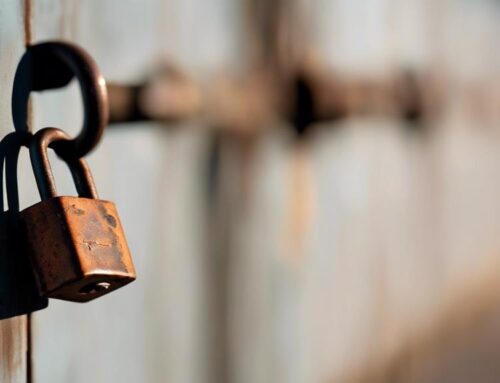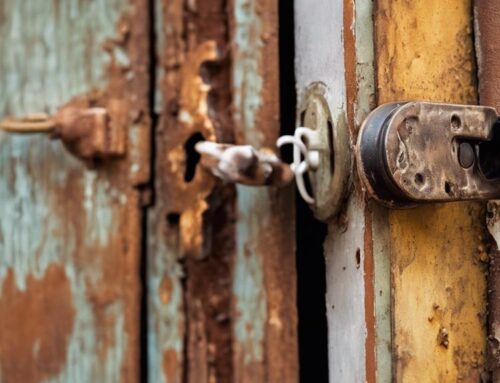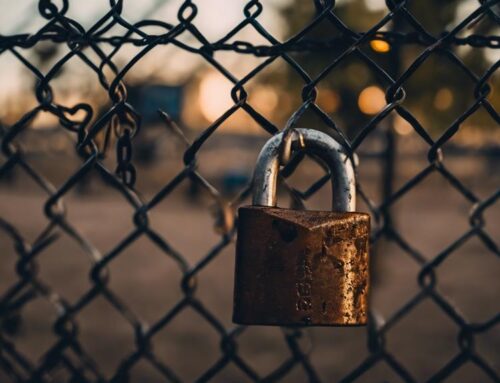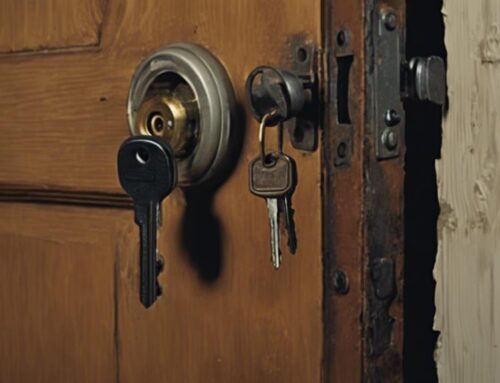When you re-key locks, avoid common mistakes that can lead to headaches. First, don't ignore manufacturer instructions; they contain essential guidelines specific to your lock. Using incorrect tools can damage internal mechanisms, so always stick to a complete re-keying kit. Make certain you check key compatibility; using the wrong key can leave your locks inaccessible. After re-keying, test the locks to verify they function smoothly, as stiff locks may indicate issues. Finally, don't neglect potential security upgrades. Understanding these pitfalls will help you achieve a more secure environment while enhancing your lock re-keying skills.
Key Takeaways
- Ignoring manufacturer instructions can lead to rekeying errors and potential lock damage.
- Using incorrect or poor-quality tools can misalign internal mechanisms, compromising the lock's integrity.
- Ensuring key compatibility is vital; using the wrong key can render locks unusable and insecure.
- Failing to test locks post-rekeying may overlook issues that compromise security and functionality.
- Neglecting security upgrades alongside re-keying can leave vulnerabilities unaddressed, diminishing overall safety.
Ignoring Manufacturer Instructions
When it comes to re-keying locks, overlooking manufacturer instructions can lead to serious problems. You might think you can wing it, but ignoring these guidelines often results in rekeying mistakes that can compromise security.
Each lock has unique specifications, and failing to adhere to them can't only leave the lock ineffective but also cause unnecessary frustration. Additionally, understanding the specific components of a lock and the re-keying process can greatly enhance your effectiveness and precision in this task, as detailed in a step-by-step guide.
By skipping the instructions, you risk using the wrong techniques, which can damage the lock or render it inoperable. This isn't just an inconvenience; it can also jeopardize the safety of those you're trying to help.
When you serve others, guaranteeing their security should always be a top priority. To avoid these pitfalls, take a moment to read the manufacturer's guidelines before you begin. Familiarize yourself with the specific tools and methods required for that particular lock.
This small step can save you time, effort, and potential headaches. Remember, you're not just re-keying a lock; you're providing peace of mind to someone who relies on your skills.
Using Incorrect Tools
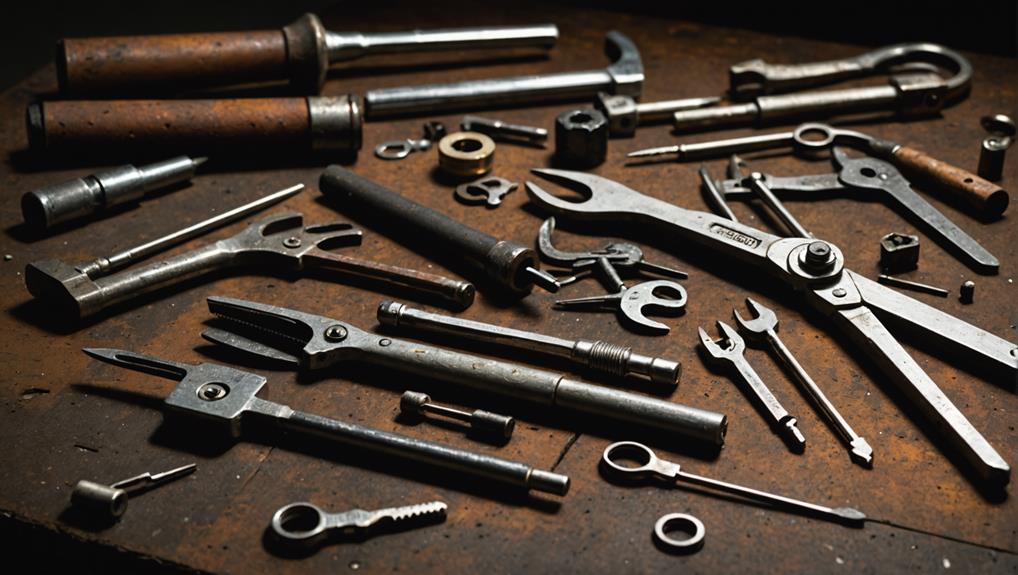
Often, using incorrect tools can derail your lock re-keying efforts and lead to frustrating outcomes. When you're dedicated to serving others, you want to guarantee every task is performed efficiently and effectively.
Having the right tools, such as those found in a complete re-keying kit, is vital to avoid common lock rekeying errors that can hinder your progress.
For instance, using a flathead screwdriver instead of a proper re-keying tool can damage the internal mechanisms of the lock, rendering it useless. Similarly, a poor-quality tension wrench mightn't provide the necessary grip, leading to misalignment and wasted time.
It's imperative to invest in a complete re-keying kit, which should include a variety of pins, a follower, and specific tools designed for your lock type.
This not only simplifies the process but also shows your commitment to excellence in your service.
Overlooking Key Compatibility
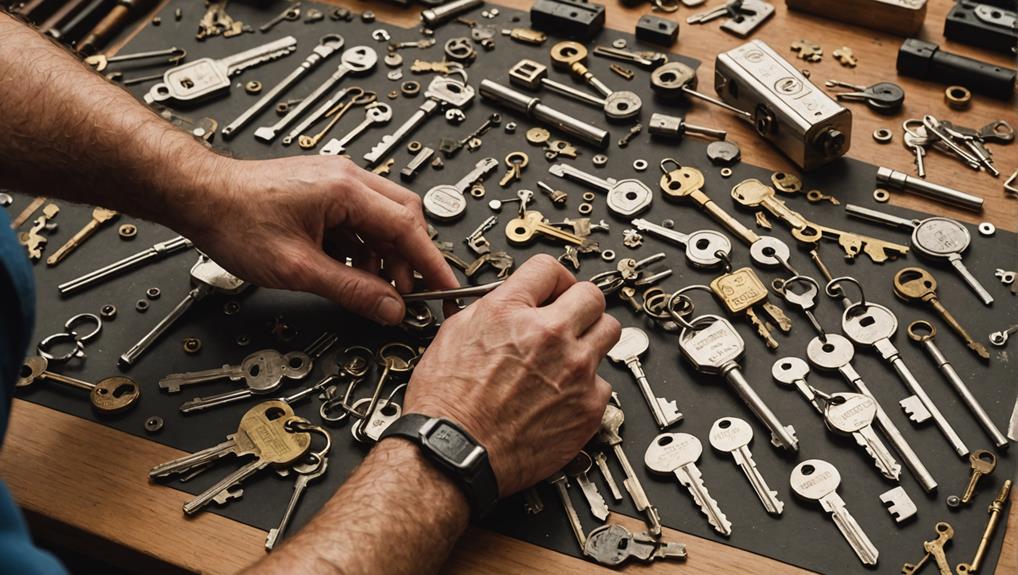
Overlooking key compatibility can lead to significant setbacks in your lock re-keying project. It's vital to confirm that the new keys or pins you select match the specifications of your locks. Failing to do so can not only waste your time but also compromise security, putting those you serve at risk.
To help you grasp the importance of key compatibility, consider this emotional table:
| Situation | Outcome |
|---|---|
| Using the wrong key | Lock remains inaccessible |
| Wrong pins in a compatible lock | Increased vulnerability to break-ins |
| Unverified key compatibility | Frustration and wasted resources |
| Proper key matching | Peace of mind for you and clients |
You want to avoid rekeying mistakes that could lead to these unfortunate situations. Always double-check the key specifications before beginning your project. Consult with a locksmith if you're unsure about compatibility. Taking these proactive steps not only protects your investment but also guarantees you provide a reliable service to others. Remember, attention to detail in key compatibility is vital for successful lock re-keying.
Failing to Test Locks
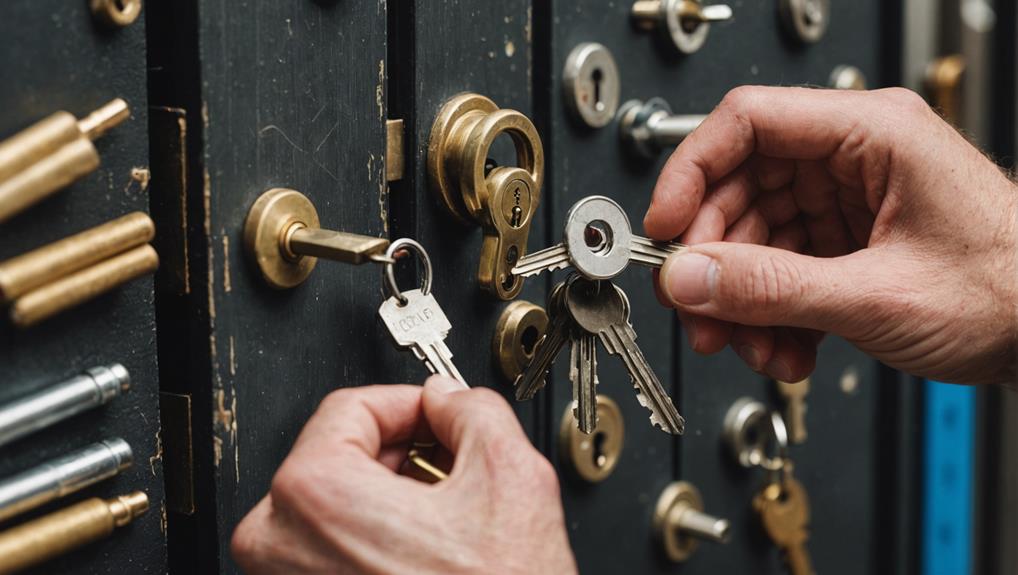
Testing locks after re-keying is essential to confirm they function correctly and provide the expected security. Many people overlook this critical step, leading to potential DIY rekeying problems that could jeopardize safety.
Proper lock re-keying can save you money compared to hiring a professional, but it comes with the responsibility of validating everything is set up correctly. Once you've completed the re-keying process, take a moment to check each lock with the new key. Insert the key smoothly and turn it fully to verify it engages properly. If you want to learn more about the costs involved, check out understanding lock re-keying costs.
If the lock feels stiff or doesn't turn, it could indicate that something went wrong during the re-keying. Ignoring these signs can leave your property vulnerable. Testing locks not only confirms that your new keys work but also reassures you that the locks will protect your space as intended.
Don't just assume everything's fine because you followed the steps. By taking the time to test each lock, you ensure that your hard work isn't wasted and that you're providing a safe environment for yourself and others.
Neglecting Security Upgrades
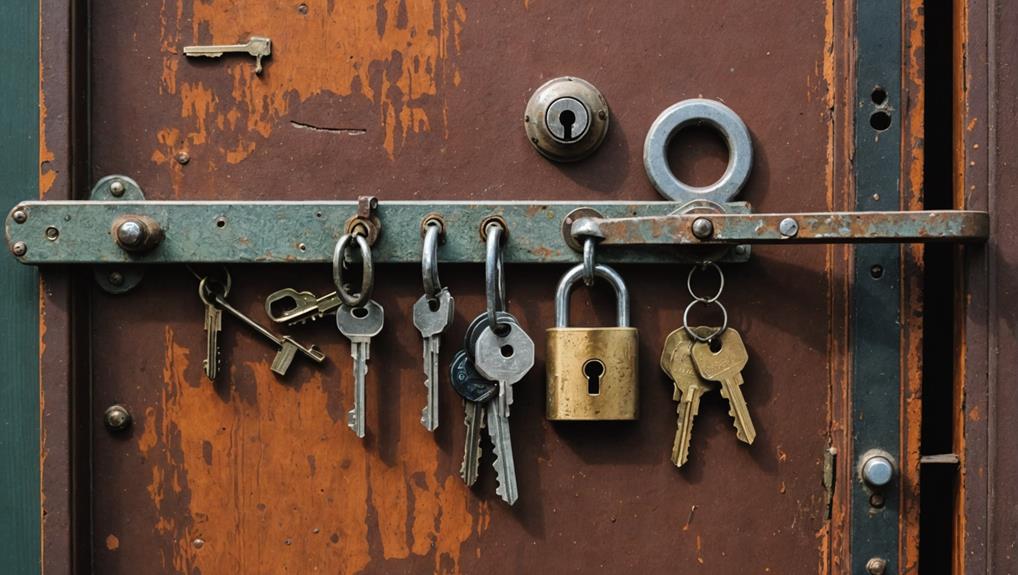
When re-keying your locks, it's easy to focus solely on the immediate task and forget about potential security upgrades. You might think that simply changing the keys is enough, but taking the time to evaluate your current security measures can make a significant difference in keeping your home safe.
Upgrading to high-security locks, which are designed with advanced features like pick resistance and drill resistance, can greatly enhance your security the advantages of high-security locks or smart locks that offer advanced features like remote access and alerts. These options not only enhance your security but also provide peace of mind. If you're unsure about which upgrades to choose, don't hesitate to seek out expert advice—it's an investment in your safety and that of your loved ones.
During your rekeying troubleshooting, assess the overall condition of your locks and doors. Are they outdated or damaged? If so, it might be time for a complete replacement rather than just a re-key.
Remember, the goal is to protect your home effectively. By combining re-keying with thoughtful security upgrades, you're not just addressing immediate concerns; you're also ensuring a safer environment for everyone who enters your space.
Embrace this opportunity to serve others by prioritizing their safety alongside your own.
Frequently Asked Questions
How Often Should I Consider Re-Keying My Locks?
You should consider re-keying your locks whenever you move into a new home, lose a key, or suspect unauthorized access.
It's also wise to re-key after a roommate moves out or if you've had a falling out with someone who'd access.
Regularly evaluating your security needs can help protect your loved ones and belongings.
Aim to re-key at least every few years or whenever you feel it's necessary.
Can I Re-Key a Lock Myself Without Prior Experience?
Sure, you can totally re-key a lock yourself without any experience—what could possibly go wrong?
But seriously, it's not as easy as it sounds. You'll need the right tools and a bit of patience.
If you want to help others feel secure, consider watching tutorials or reading guides first. You might save a lot of time and frustration, ensuring your friends and family benefit from your newfound skills!
What Should I Do if My New Key Doesn't Work?
If your new key doesn't work, don't panic.
First, double-check that you're using the right key for the lock.
Next, inspect the key for any damage or bends.
If it looks fine, try inserting and turning the key gently.
Sometimes, lubricating the lock can help.
If it still doesn't work, you might need to recheck the re-keying process or consult a professional for assistance.
You've got this!
Are There Specific Locks That Cannot Be Re-Keyed?
Yes, some locks can't be re-keyed. For instance, smart locks often require specific procedures or replacement rather than re-keying.
Additionally, older locks or those with unique designs may not support this process.
If you're unsure, checking the manufacturer's guidelines or consulting a locksmith can help.
They'll guide you on whether your lock can be re-keyed or if you need to contemplate other options for your security needs.
How Can I Choose a Reliable Locksmith for Re-Keying?
Choosing a reliable locksmith is like finding a trustworthy guide in a dense forest. You want someone who knows the terrain well.
Start by asking for recommendations from friends or family, then check online reviews to gauge their reputation. Ascertain they're licensed and insured.
When you talk to them, trust your instincts—if they're friendly and professional, you're on the right path.
Conclusion
In the world of lock re-keying, each mistake is like a key that doesn't fit—a reminder that precision matters. By following manufacturer instructions and using the right tools, you guarantee your safety remains intact, like a sturdy door guarding your home. Don't overlook compatibility or skip testing; these small details are the bolts that hold your security together. Embrace these lessons, and you'll turn your locks into reliable sentinels, standing watch over what matters most to you.

